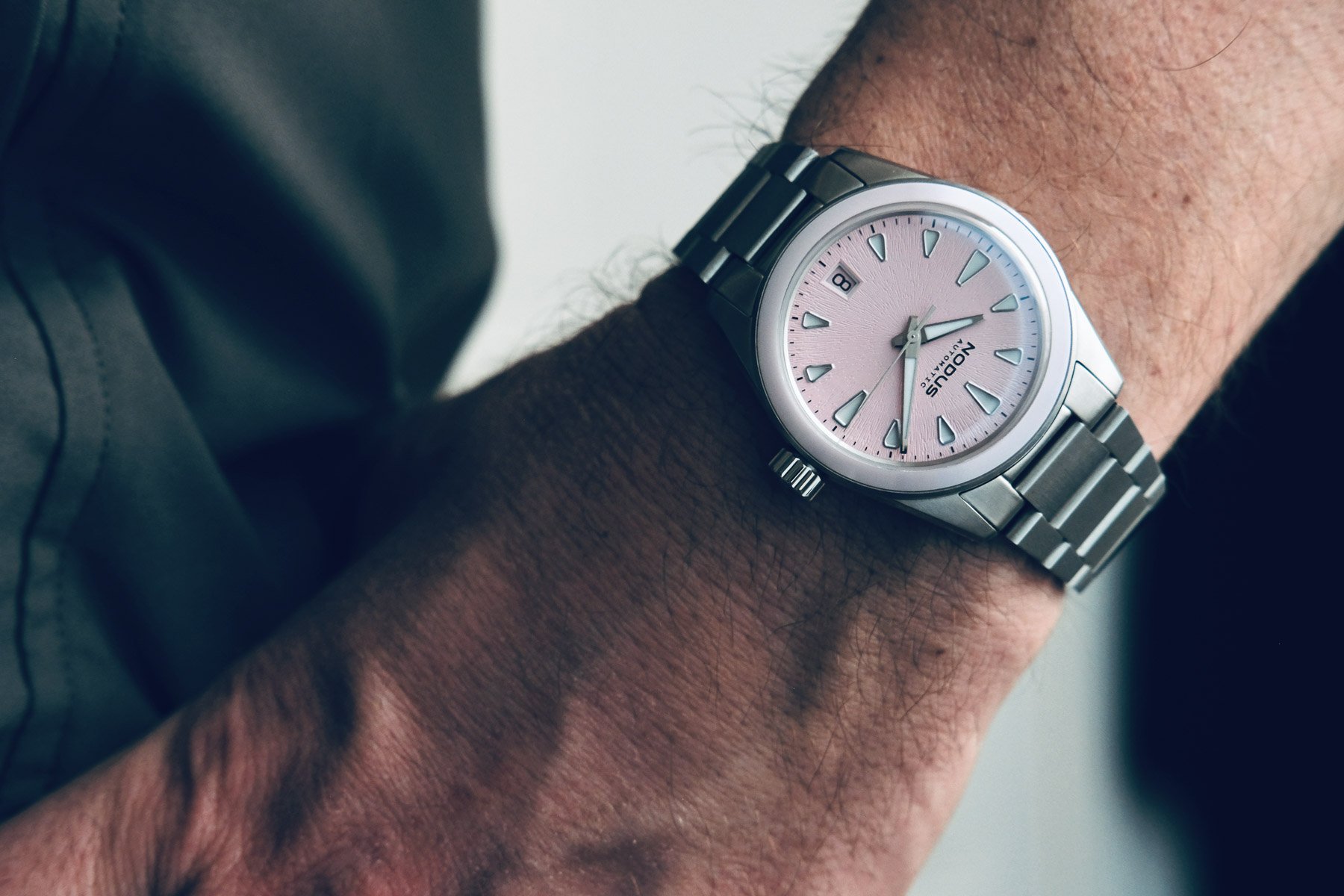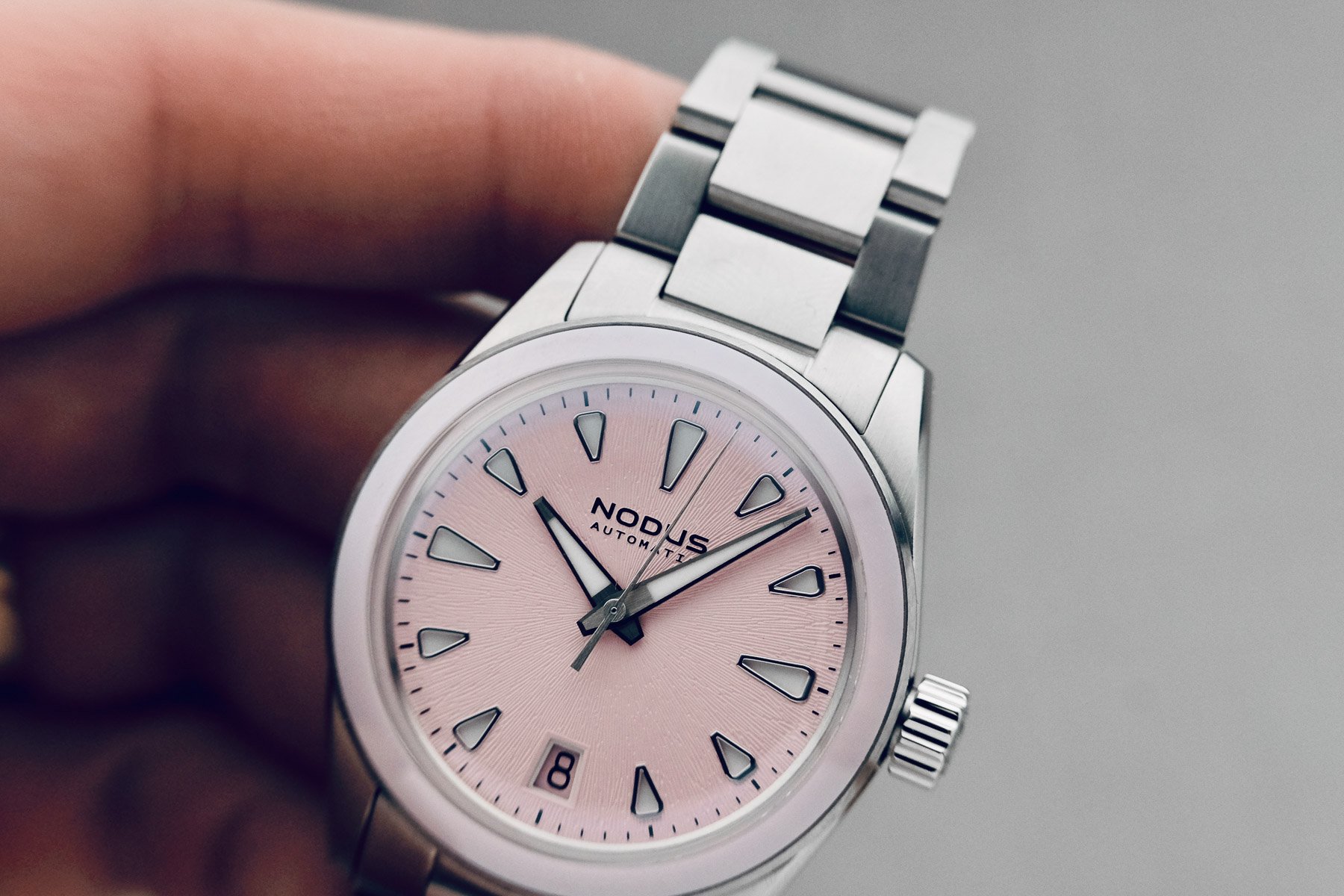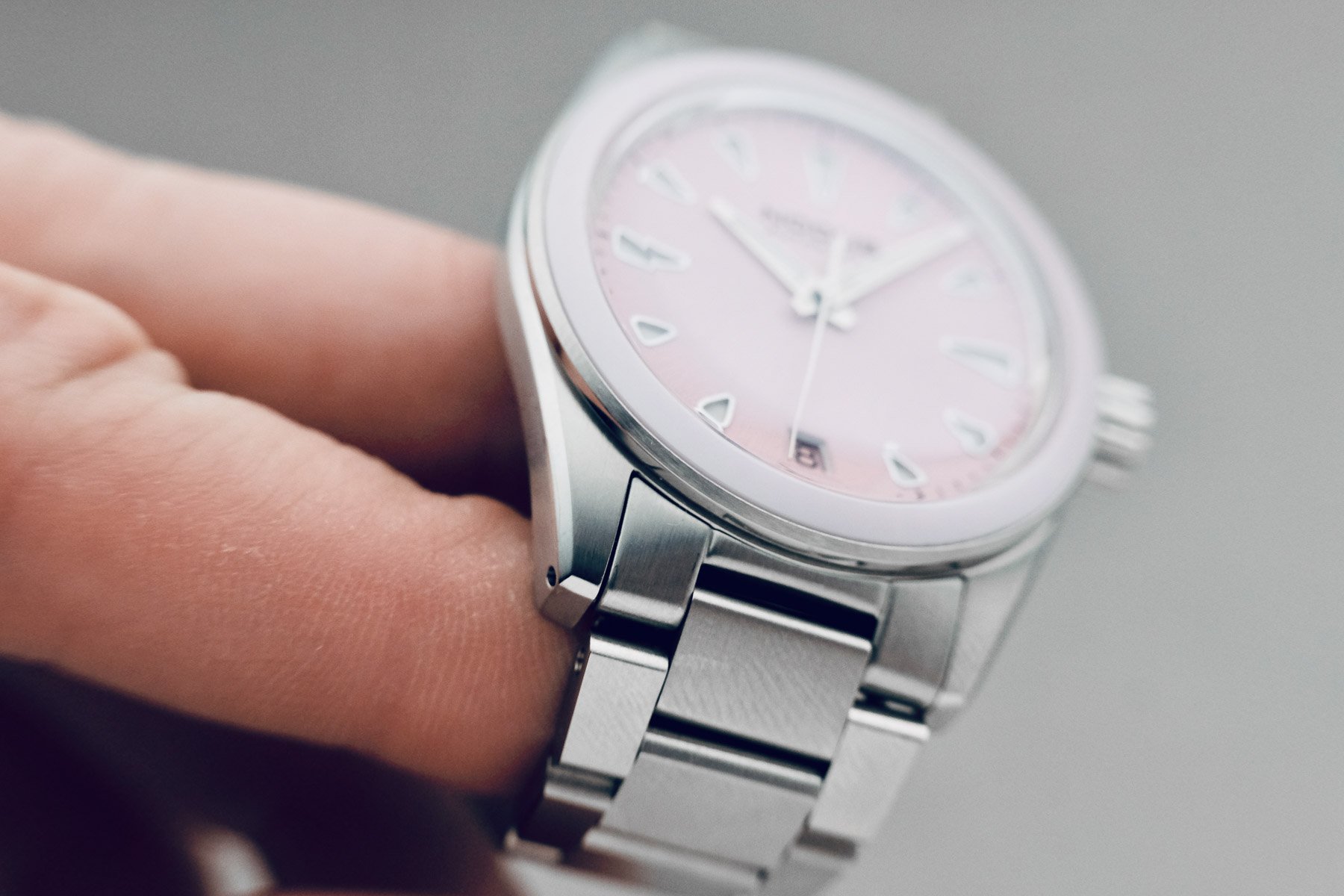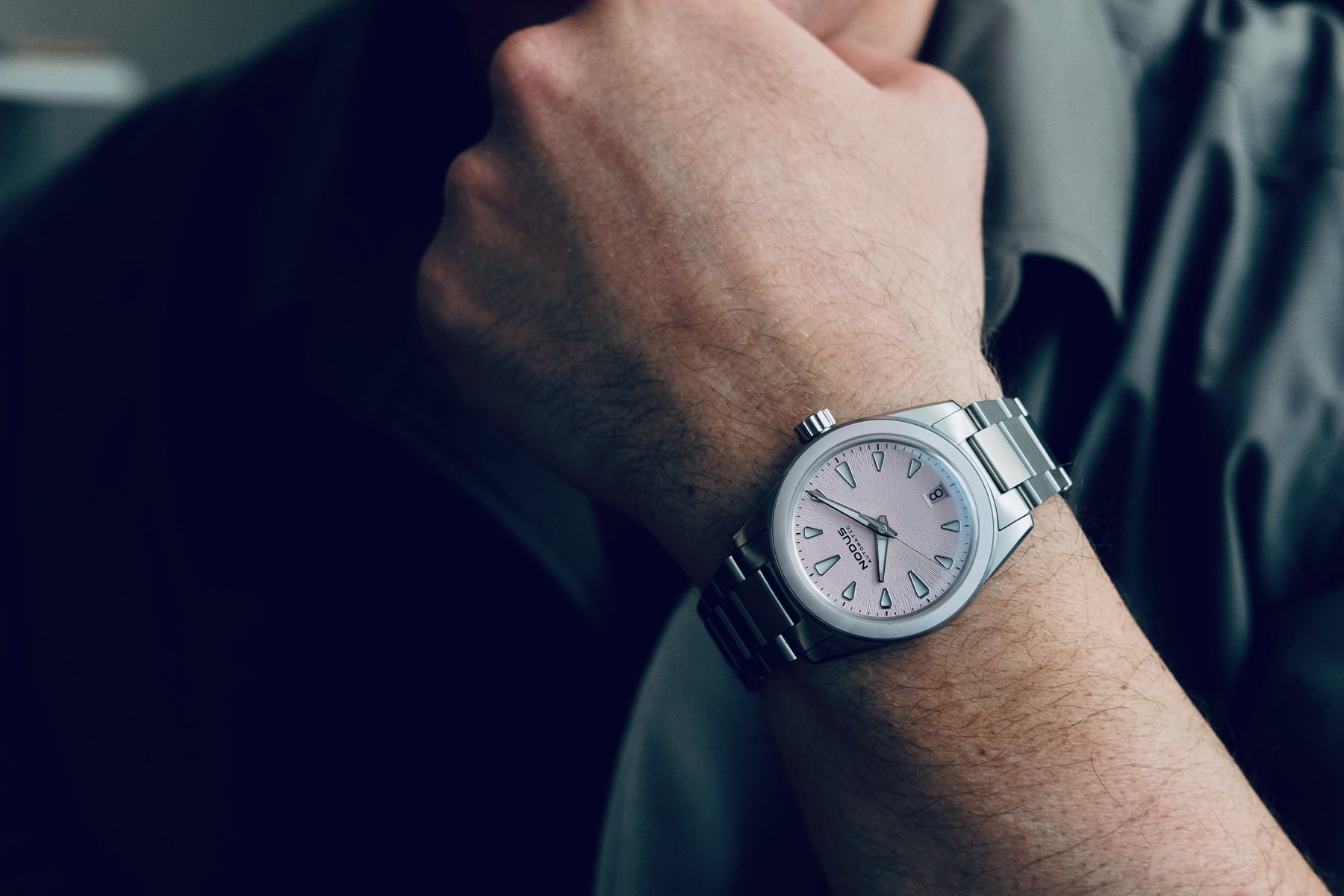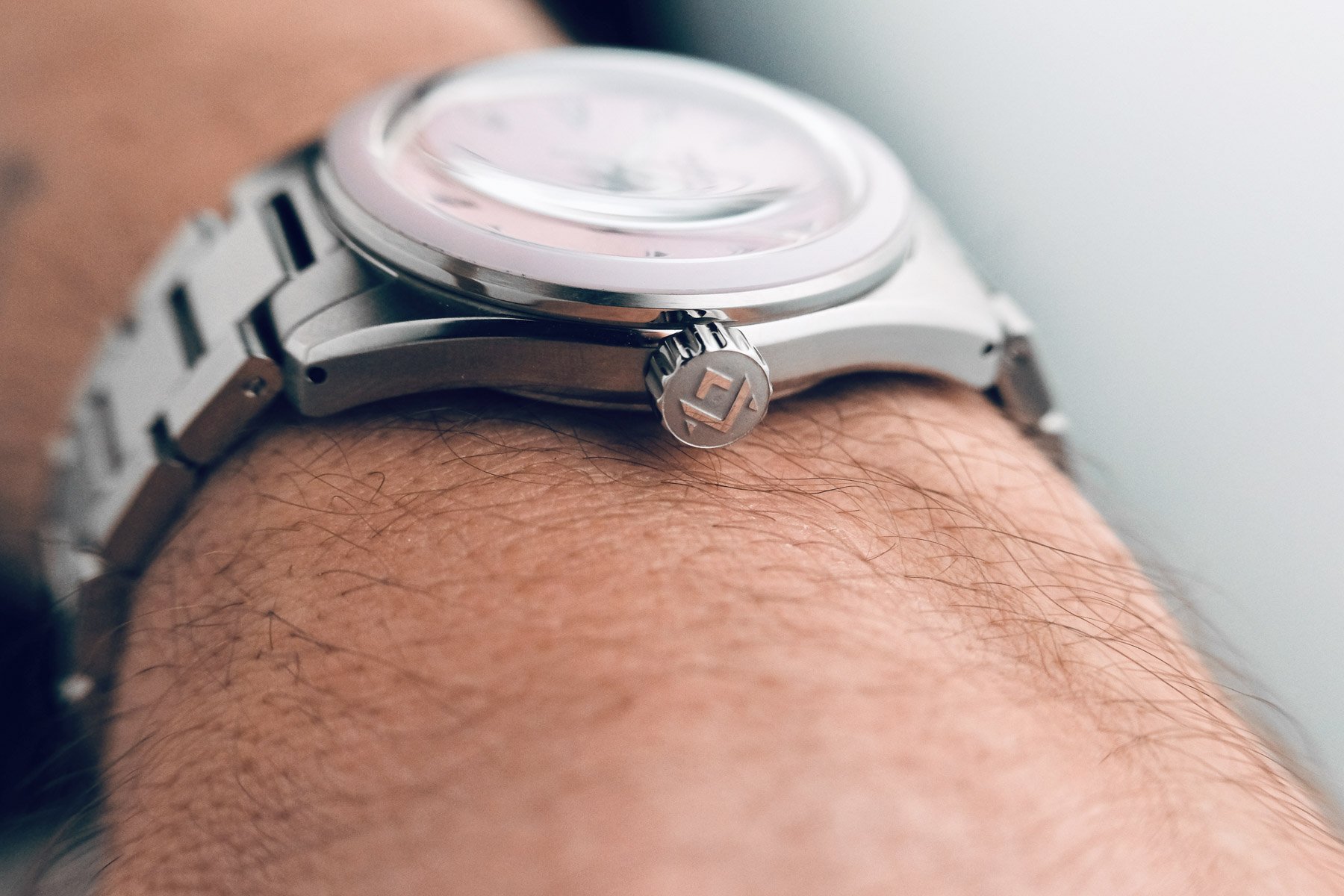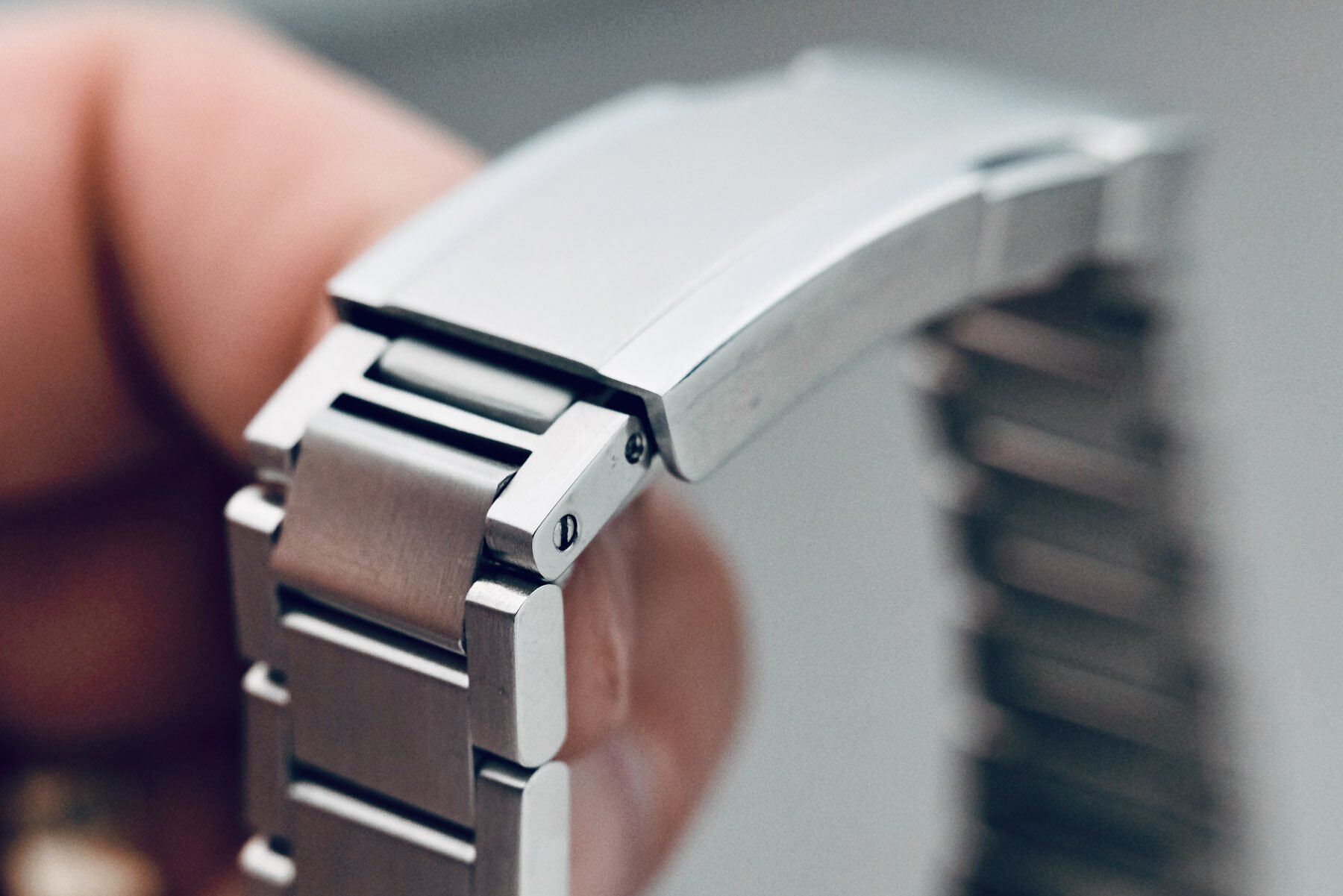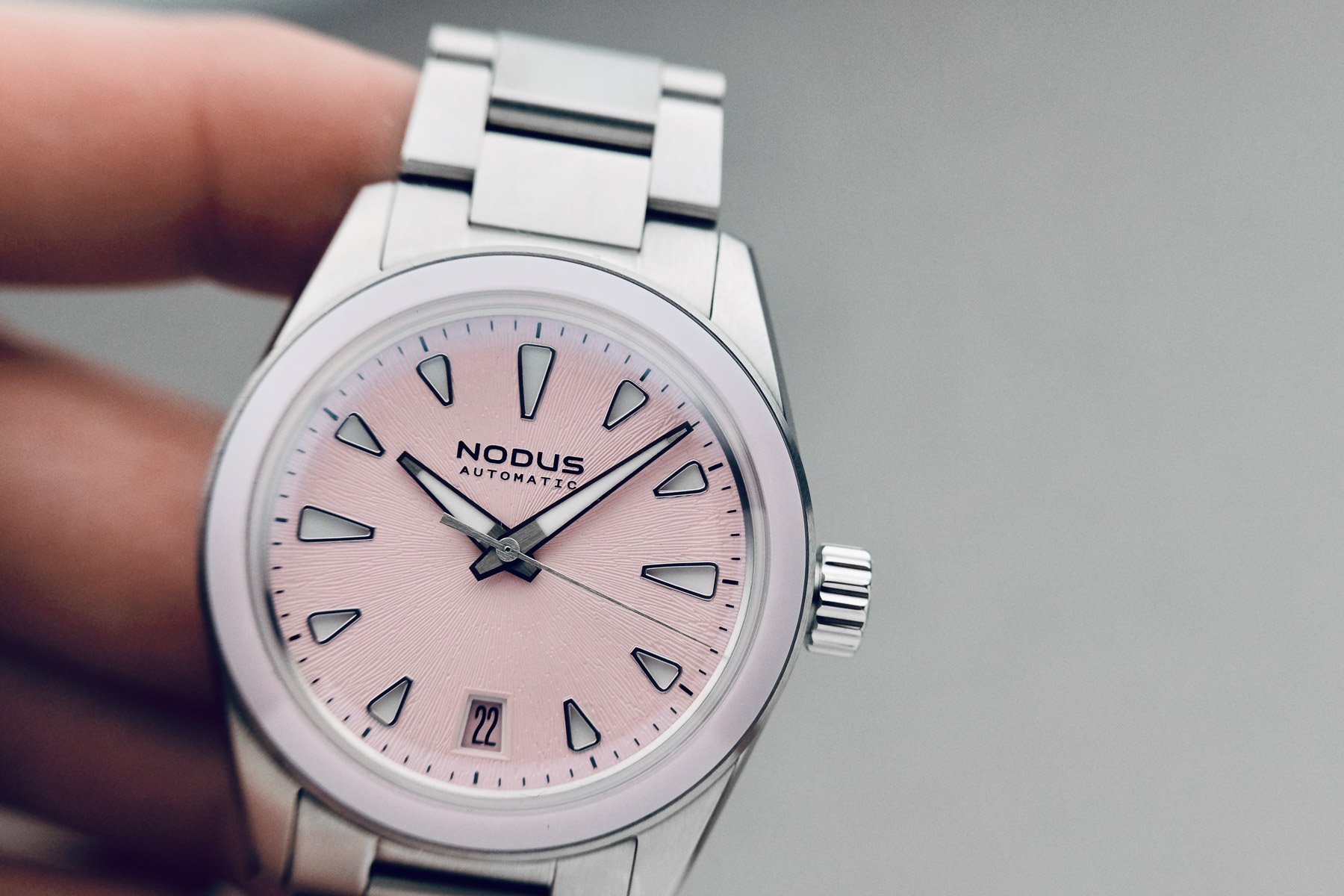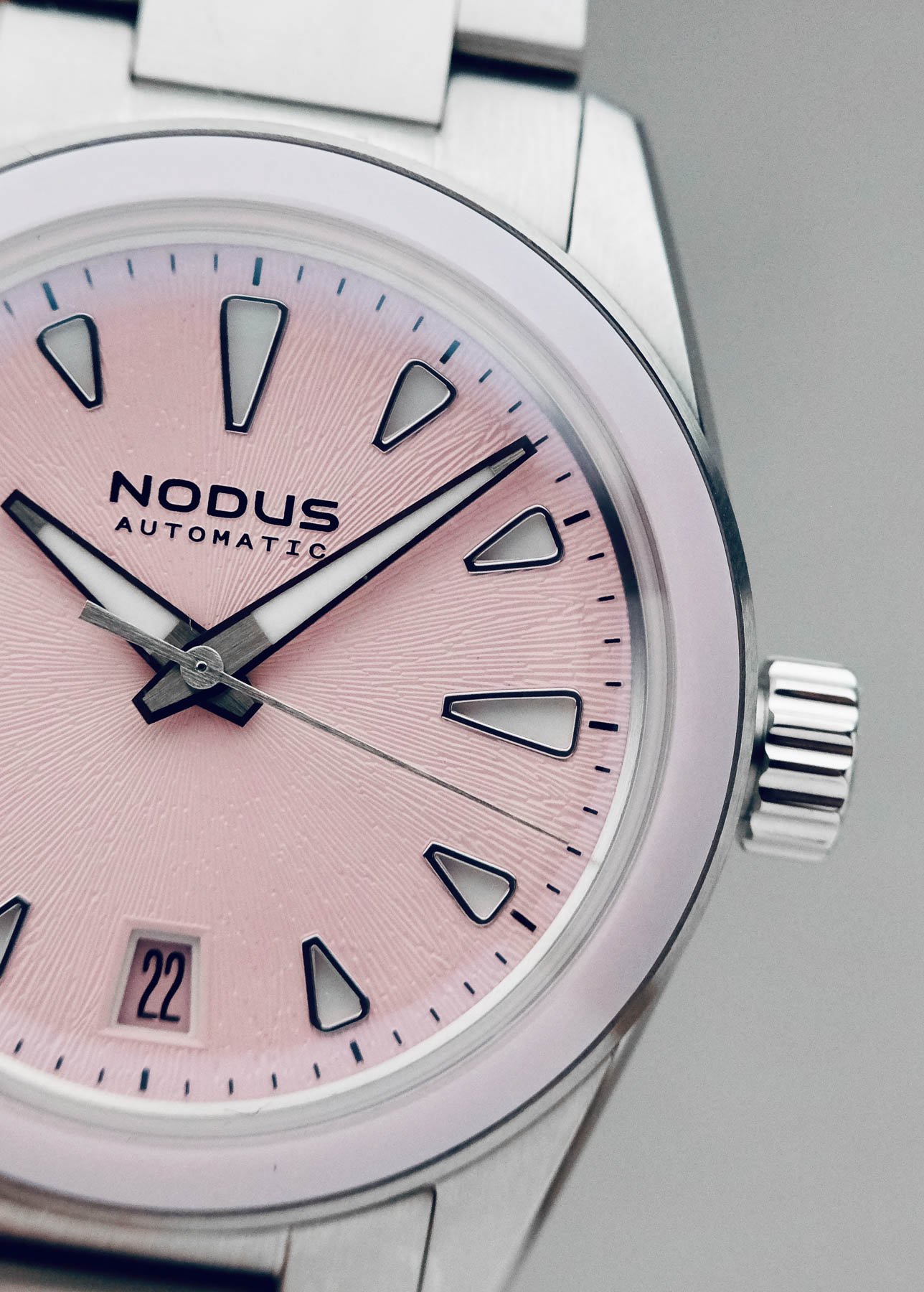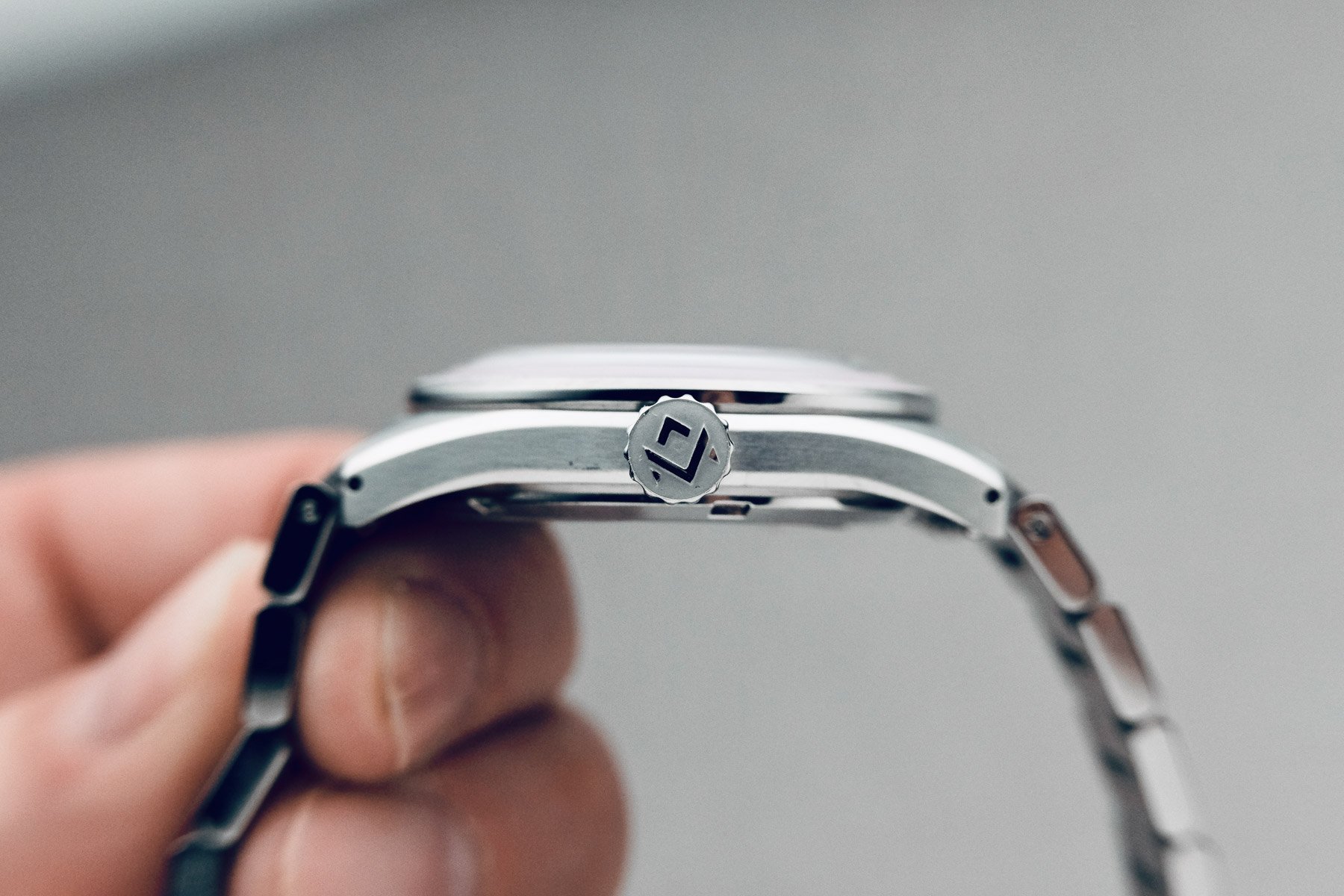Hands-On: The Nodus Unity — An Everyday Watch With A Character Of Its Own
For the past few weeks, I’ve been thinking that we should find a better way to talk about micro- and independent brands. Somehow, using either word — or the wrong one — doesn’t always do the brand justice. A microbrand can make small quantities of outstanding watches that don’t cost too much. And an independent brand can make large batches of outstanding watches that don’t cost too much either. What’s the catch? Can these words be interchangeable? Do they accurately describe what the brands do? For example, we could see Nodus as a microbrand, however, it innovates like a well-established, independent one. To illustrate my conundrum, I come to you again to talk about the brand’s latest and greatest, the Unity.
The more we talk about Nodus, the less the brand needs an introduction. One of the latest additions to the brand’s catalog is the Sector Deep, which can best be described as an affordable Pelagos (this is meant as a compliment). Nodus is a brand that innovates both in terms of design and technology. For example, Nodus created a proprietary quick-adjust clasp and an expansive collection of sports watches, including the Sector Deep and a GMT. However, Nodus hadn’t gone into the “small everyday watch” genre until now. The Unity, which comes with a pink or blue dial, is comfortable to wear and comes with a distinct personality for US$700.
It doesn’t have a lookalike
Brands have been making wristwatches for, what, a hundred years? I’m not sure, but it has definitely been a while. The longer watches are being made, the harder it must be to make something original. How many circular divers and rectangular chronographs can we make before they all start to look the same? Luckily for you and me, there are talented people out there who find ways to make watches that don’t have a lookalike — not an obvious one, at least. For example, the Nodus Unity doesn’t look like anything I’ve seen before. Perhaps you’ve seen something similar, but this is the type of watch that, in a sense, displays classical codes of horological design (hands, markers, rounded case) while taking a different approach.
To make a confusing point hopefully a little clearer, take the Aera D-1 Diver that Thor reviewed. It looks like a classic diver. The design of the hands, however, is that little something that looks different and new. Similarly, the Horage Lensman 2 Exposure has complications we are familiar with but displays them in novel ways. Well, one could say the Unity offers the same type of “new.” It comes with three hands, a date, and a rounded case. However, the way that the hands juxtapose the soft triangular markers creates a different look. Add to that the fixed ceramic bezel insert (more on that later), and you have a novel watch design.
Naturally, I don’t know of all the designs that have come to be in the past hundred years. So if you know of something that looks like the Unity, please let me know in the comments below.
It’s a Nodus type of case
In the same way that Rolex created instantly recognizable case profiles, I can now tell a Nodus at first glance. If you were to only show me the naked case fresh off the CNC machine, I would know it’s a Nodus. This might also be explained by the fact that the Unity is the fifth Nodus that has landed on my doorstep, but I digress. This is how I know: the mid-case is thin and has polished bevels on the top and bottom. The lugs are long, they angle toward the wrist, and they have flat ends. The mid-case is matched by the polished edge of the fixed bezel, and the massive crown has military-grade knurling. That’s a Nodus case through and through, although some of its visual characteristics are not new. But I can recognize the founder’s touch in its design.
The other distinct characteristic of Nodus watches, as I see it, is the finish. Nodus tends to punch above its weight in this category, and the Unity upholds that reputation. The brushed surfaces have a tactile, satin-like finish, while the mirror-like polished ones are clean. The transitions are spotless, and each link of the bracelet has smooth, rounded edges. These are the little details that greatly impact the wearing experience and that set one brand apart from another. This is especially true when looking at watches that retail below the magical $1,000 mark, like this one.
The two stars of the show
I wouldn’t be able to say whether Nodus is the first brand to put a fixed ceramic insert on a watch, but it’s pretty darn cool. The insert is colored and polished to look like a piece of glass. It’s as if the insert is a continuation of the box-type sapphire crystal. It flows naturally towards the edge of the bezel construction (the part made of steel) as if it were all one. The effect is difficult to capture in photos, so you will mostly have to take my word for it. What’s more is that Nodus matched the color of the bezel to that of the dial, making the effect even more prominent. The brand also matched the color of the date disc to the dial and ceramic insert.
The dial is the second star of the show. Its deeply stamped sunray texture is a sight to be seen at this price point, and it’s both subtle and not, depending on the angle from which you look at the watch. It is also well executed. There are no smudges, and the printing of the words “Nodus” and “Automatic” is crisp. The dial seems to have a triple-layer construction, which adds visual interest. The polished frames around each marker are on one plane, the lume on another, and the date disc on yet another. Looking closely, you can see the lume disc protruding around the date aperture.
See the Grand Seiko-like hands? Don’t they look at home on this dial? Just saying.
A small, mean machine
To make a full circle, let’s talk about dimensions and the full spec sheet. The Nodus Unity has a case diameter of 36.5mm, a length of 43.5mm, a thickness of 11.3mm, and a lug spacing of 20mm. The fully articulated bracelet tapers down to 16mm, and it is equipped with the brand’s proprietary quick-adjust clasp (read my review of the Sector Deep to learn more about it). Powering the Unity is a Miyota 9015 movement, running at 4Hz with a 41-hour power reserve and regulated to ±8 seconds per day. The crown and case back screw down for 150m water resistance, and the BGW9 lume is monstrous. Just look at the lume shot!
Final thoughts
Coming in at US$700, the Unity is not within everyone’s reach. However, it offers something different and of high quality, something that cannot be measured with a dollar sign. What you get is the cumulative experience of those at the helm of the brand. Their ideas and expertise constitute the non-tangible value a watch like the Unity offers. And I recognize that the dial colors (Blossom Pink and Topaz Blue) are not for everyone, but if you are getting into the summer spirit, then one of these Nodus Unity models could be for you.
As of the date of publishing this article (June 3rd, 2023), both colorways are in stock directly from Nodus. Let me know what you make of this watch in the comments!

